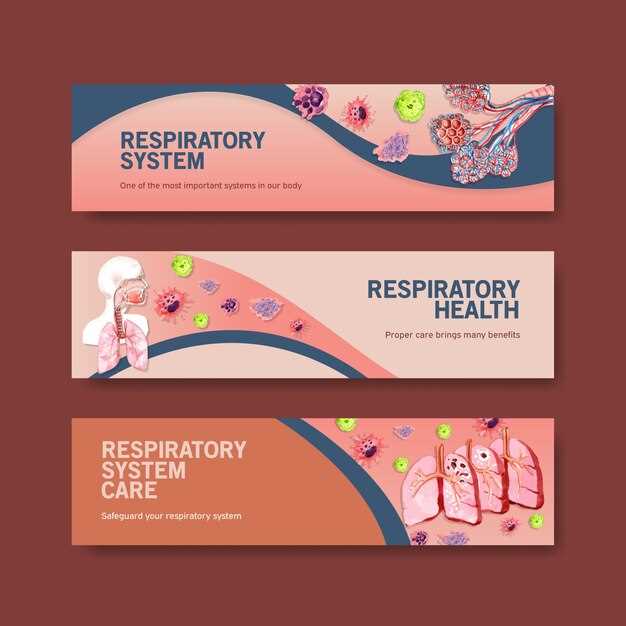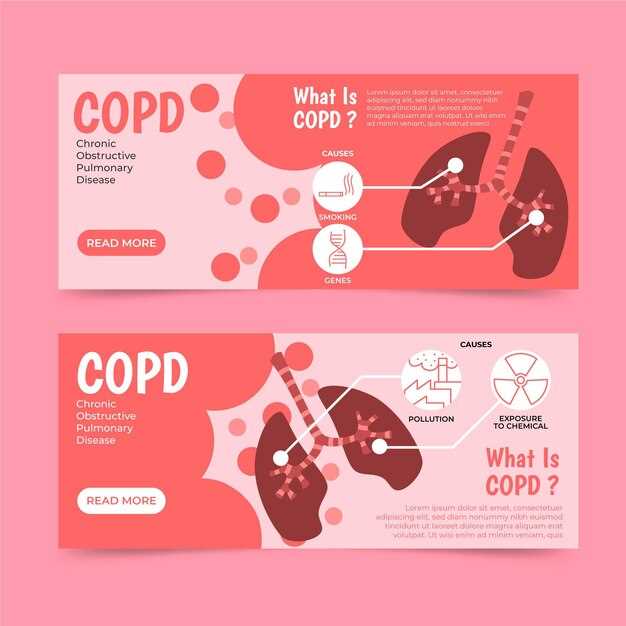
Understanding the Prime Options
In the realm of managing cardiac health, the selection between two prominent medications stands pivotal. This section delves into discerning the nuanced disparities and benefits of these pharmaceutical interventions, offering insightful perspectives for informed decision-making.
1. Tailored Treatment Pathways
Each medication presents a unique pharmacological profile, catering to distinct patient requirements. Unravel the tailored therapeutic pathways to navigate through the complexities of cardiovascular care.
2. Unveiling Clinical Efficacy

Explore the empirical evidence unveiling the clinical efficacy of these pharmacotherapeutic agents. Delve into the realms of patient outcomes and safety profiles to orchestrate personalized treatment regimens.
- Comparative Analysis: A meticulous comparison elucidates the subtle differentiators influencing treatment efficacy and patient well-being.
- Strategic Integration: Strategically integrating these insights empowers clinicians to craft precision-driven interventions, amplifying cardiovascular health outcomes.
- Informed Decision-Making: Equipped with comprehensive knowledge, clinicians and patients embark on a collaborative journey towards optimized therapeutic choices.
Comparing Medications for Cardiovascular Conditions
In this section, we delve into a detailed comparison between two pharmaceutical options aimed at addressing cardiovascular issues. By examining the efficacy, safety profiles, and overall impact on patient outcomes, we aim to provide a comprehensive analysis of these therapeutic agents.
Understanding Therapeutic Approaches
Before delving into the specifics of each medication, it’s crucial to understand the underlying mechanisms and therapeutic approaches they employ. By grasping the fundamental principles guiding their function, we can better appreciate their nuanced differences and potential benefits.
Evaluating Clinical Data and Patient Responses

Furthermore, we explore extensive clinical data to assess how these medications perform in real-world scenarios. By scrutinizing patient responses and outcomes, we gain valuable insights into their practical utility and potential limitations.

